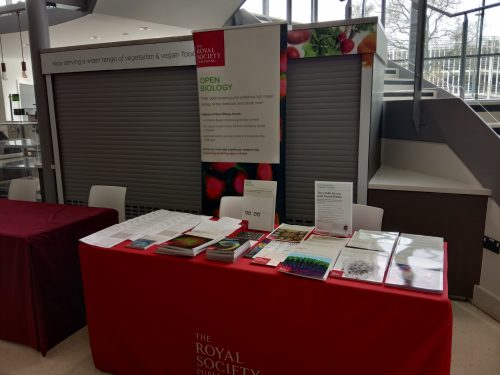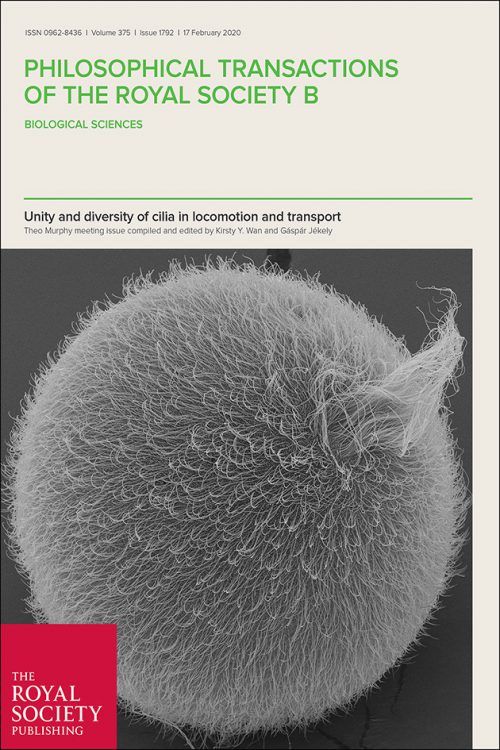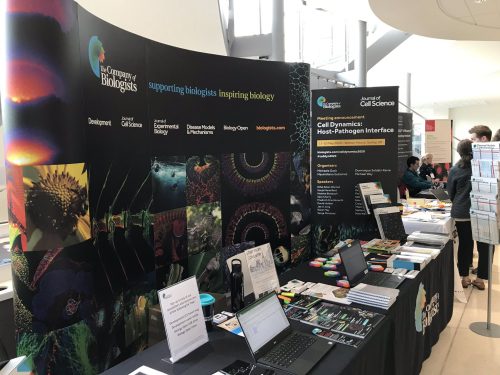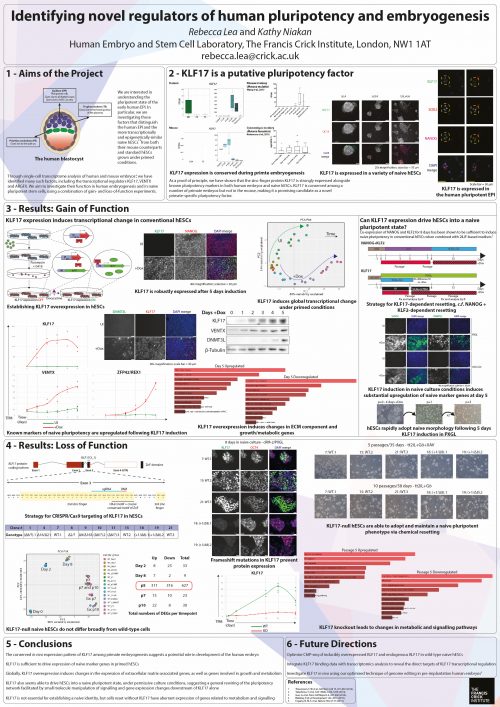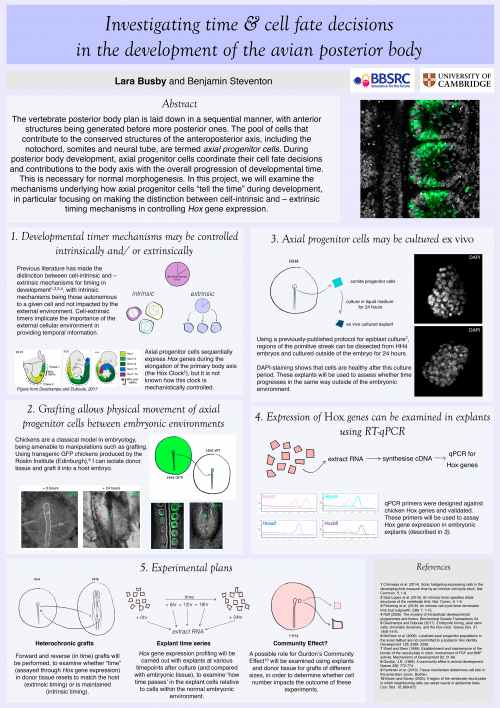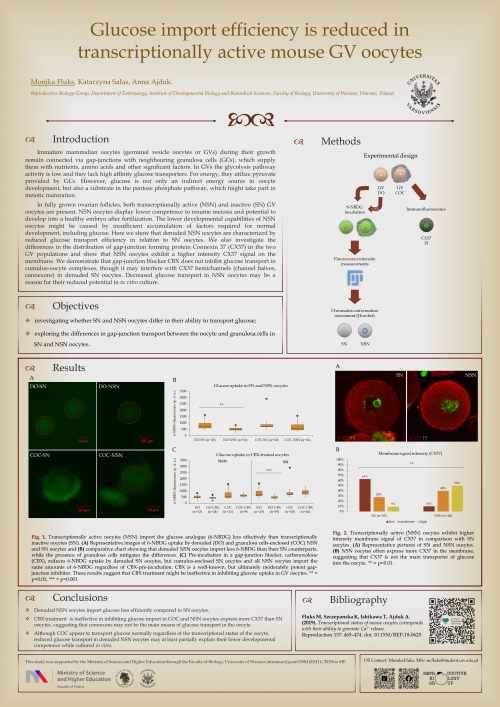Labs in lockdown II
Posted by the Node, on 25 March 2020
A couple of weeks ago we posted a collection of tweets from scientists about COVID-19. A lot has changed since that time – we in the UK are two days in to our own lock down, along with many parts of the world – and so we thought it would be a good time to share some more perspectives from the science Twittershere in the time of the pandemic. You’ll hopefully find some of it is useful, some thought-provoking, and some light-hearted. Feel free to share any other online nuggets in the comments.
Firstly, remember it’s a pandemic
Dear all in HE: this is NOT an ‘opportunity’ – it is not a ‘great time to write’. It is a global pandemic. People are dying. There is no possibility of ‘business as usual’ and the very idea is abhorrent. This discourse shows how broken things have become.
— Professor Janet Goodall (@janetifimust) March 22, 2020
https://twitter.com/surt_lab/status/1242722084196732928
https://twitter.com/thoughtsofaphd/status/1242395270685642752
Academic peeps: I've lived through many disasters. Here is my advice on "productivity". First, play the long game. Your peers who are trying to work as normal right now are going to burn out fast. They're doomed. Make a plan with a longer vision. /1
— Dr Aisha Ahmad (@ProfAishaAhmad) March 18, 2020
I'm pretty tired of hearing how we scientists are supposed to be so productive now. Anyone with kids, elderly parents, lab members to worry about, stranded masters students, etc is too stressed and busy to be thinking big thoughts.
— David M. Sabatini (@DMSabatini) March 23, 2020
Hey fellow PIs. If you are in #COVID19 hotspot area and your institute/University does not have the guts to close down, send the people in your lab home. We Are Scientists. We understand. Unless you are a virologist, your work can wait! Plus, home office can be productive for us.
— Pavel Tomancak (@PavelTomancak) March 16, 2020
Online resources and activities
Hi folks, as no experiments for the next 6-8 weeks, I'm interested in taking some online courses on image processing/analysis, machine learning, Python, ImageJ/Fiji, microscopy, fundamental optics, etc. Any recommendations?
— Hiroshi Sasaki (@HiroshiSasak1) March 18, 2020
Need something to do? https://t.co/T0jrKPwGbE
— Jennifer Waters (@JenCWaters) March 24, 2020
(1/n) Taking this quarantine opportunity to share some image analysis tools I recently discovered and found extremely useful :
— Josquin Courte, PhD (@josquin_courte) March 17, 2020
Doing some #BioImageAnalysis while at home? https://t.co/rV3AHELCiD is a place to fine help and advice pic.twitter.com/Ko1quqaMwO
— Euro-BioImaging ERIC (@EuroBioImaging) March 23, 2020
To aid remote teaching & learning as #COVID19 shuts down classrooms, we’re providing free access to all our educational science video content through June 15.
Click here to get set up👇
— JoVE (@JoVEJournal) March 12, 2020
To help beat the stress of COVID quarantine, I'm going to start a thread with fun microscopy-related resources. One a day (from me) to keep things fresh. Please add! #SciTwitter #Microscopy
First up: The Light Microscopy Series from iBiology https://t.co/w2Jh3U72Vd
— Wendy C. Salmon 🐟🔬🧫 (@FishCsCells) March 16, 2020
Dear Post-docs and PhD students,
Even if there's no computational (i.e. bioinformatic) aspect to your research, some coding is useful to know. If your lab has closed and you've had time to recover (take care of your emotional needs in such an upheaval) consider learning some!— Alex Eve (@amjeve) March 20, 2020
I've received numerous requests from bench biologists asking for bioinformatics tutorials to work through. In response @sinabooeshaghi and I will teach a #scRNAseq @zoom_us workshop (for up to 300) on Thursday March 26th @ 1pm PST. Join us at https://t.co/5UPjJ3WxlR pic.twitter.com/1spevy08Y4
— Lior Pachter (@lpachter) March 24, 2020
Home contributions
As we transition to remote work, we look for ways to continue contributing to the research community.
For other #Drosophila folks in a similar situation, when you feel ready, here are just a few ideas:
— DRSC-BTRR & DRSC-TRiP at Harvard Med School (@DRSC_TRiP) March 18, 2020
Folks with invertebrate cultures in your labs- as we reduce/ stop lab work, it would be very helpful to know who has what cultures so we don't lose some. @Hejnol_Lab and I started a google spreadsheet to coordinate – https://t.co/hXa4LoRc3O . Email or dm to get write access
— Casey Dunn (@caseywdunn) March 20, 2020
Preprint posted @ecoevorxiv
Ten Simple Rules for Increased Lab Resilience
Our lab online-collaborated on this piece, sharing our experience in dealing with the current #COVIDー19 crisis, – hopefully helpful (also in the future). https://t.co/uwnbX5ZTmF
— Matthias C. Rillig (@mrillig) March 25, 2020
There's lots to do doing a #lablockdown: most importantly staying safe & looking after your mental health.
If you plan to use some time thinking about your career, @pcabezaspadilla and I have written an @embl blog article on where to start:https://t.co/ssZLPqqUmK #ecrchat— Rachel Coulthard-Graf (@RachCTweets) March 18, 2020
https://twitter.com/biochembelle/status/1239943199163953152
https://twitter.com/VivaSurvivors/status/1240303413663014917
The dawn of Zoom
Just had our first virtual lab meeting! #StayHome pic.twitter.com/DdPDqdl8QK
— Heisenberg Lab (@HeisenbergCPLab) March 24, 2020
Day 8 of working from home and we had our first #Zoom lab meeting! Science continues in the @kim_bak_jensen lab!💪
Great to see everyone and looking forward to our daily morning zoom-coffees. So proud of our team!❤ #TogetherApart #SocialDistancing #AcademicTwitter pic.twitter.com/1uGjMQfphL— Kim Jensen Lab (@JensenLab_UCPH) March 24, 2020
Tip for online group meeting: on zoom pro we split the group into pairs, and asked them to listen to each other about how the current situation affects them. Effective and fun way to get sympathetic listening.
— uri alon (@UriAlonWeizmann) March 19, 2020
EEB tweeps: Sad your conference has been cancelled? Still want to meet new colleagues and learn about new science? Bored while social distancing at home and want to gain experience mentoring or peer reviewing? Join our pilot "Zoom-a-review" program @BehavEcol @ASNAmNat (1/6)
— Emilie Snell-Rood (@SnellRoodLab) March 20, 2020
Exited for some science! Zoom Thesis defense from Josh York who will soon be joining my group as a post doc. pic.twitter.com/cldwWDrHvJ
— @LaBonneLaB (@labonnelab) March 23, 2020
. @UCSF peeps: to try to keep some semblance of community, we are replacing the Basic Science Seminar Series with a faculty zoom series. PIs-> please fill out the Doodle poll (yes I know). Trainees-> encourage your PIs to talk about your work. Deadline this Friday. Thanks
— Hiten Madhani MD PhD (@hitenmadhani) March 23, 2020
Working with children at home
https://twitter.com/DrBrookeRogers/status/1240763303124701188
https://twitter.com/PhilippBayer/status/1240214729622085634
The next person who tweets about how productive Isaac Newton was while working from home gets my three year old posted to them. pic.twitter.com/ZPKTyLnEeL
— Sam Giles (@GilesPalaeoLab) March 12, 2020
Thinking about home schooling (KS1 Year 1). For science, one fun thing would be to pose a question each week (e.g. "How does evaporation work?"), then help son design experiment, and spend the week doing & writing up together. Other ideas for fun, testable science questions?
— Prof Jennifer L. Rohn (@JennyRohn) March 19, 2020
Want your homeschooling to include fun, collaborative science experimentation? Read about our impromptu #HomeSci Twitter project! https://t.co/DGZSSvtqk8
— Prof Jennifer L. Rohn (@JennyRohn) March 20, 2020
Are you a parent trying to find activities for kids home from school? Or someone stuck at home looking for fun distractions? Here are some fun, free science and nature resources you can use at home. I’ll be adding to this list over time.
— Dr. Jacquelyn Gill (@JacquelynGill) March 14, 2020
https://twitter.com/webmz_/status/1242517414702731264
Some levity
Pro-tip for couples suddenly working from home together: Get yourselves an imaginary coworker to blame things on. In our apartment, Cheryl keeps leaving her dirty water cups all over the place and we really don't know what to do about her.
— Molly Tolsky (@mollytolsky) March 16, 2020
Saddens me to have to officially report the first #workingfromhome workplace incident.
While taking a quick yoga break, the cat attacked my hoody drawstring, causing a deep facial laceration.
Paperwork has been completed and disciplinary action is expected #WFH pic.twitter.com/t3TrLZzW70
— Prof Richard Johnston (@DrRichJohnston) March 18, 2020
The great Bill Wood, with "Six Feet Apart or Six Feet Under." Bill, now retired, was a giant of phage and worm genetics and science education, but was also a folk singer in Cambridge, recording with Joan Baez in 1959. https://t.co/TOeb34riFn pic.twitter.com/jQsgCiG0t2
— Tim Stearns (@StearnsLab) March 23, 2020
Zoom pro tip 3: make it a video background to have a convincing loop of you looking engaged https://t.co/qBGZSpLUIF pic.twitter.com/exNM1TXk8I
— David Zhou (@dz) March 18, 2020
Discovering that we can use our X-ray data as Zoom backgrounds. Too much? #WFH pic.twitter.com/UaNJd9P4K0
— Prof Richard Johnston (@DrRichJohnston) March 19, 2020
https://twitter.com/BDH_Lab/status/1242469940113760256
https://twitter.com/markus_eichhorn/status/1240913332812554240
These two were actually quite touching
I miss the lab so much that today I put some clear liquid in a cup then poured it into another cup
— Jake Wintermute 🥥/acc (@SynBio1) March 19, 2020
For all those experimental scientists trapped at home with acute lab-withdrawal here a video to play on loop on your computer. I made a special soothing buffer for you this morning. Students, postdocs & junior faculty you are not alone, together we get through this! pic.twitter.com/PRvL0wojAA
— Boris Striepen (@striepenlab) March 19, 2020


 (1 votes)
(1 votes)

 (No Ratings Yet)
(No Ratings Yet)




